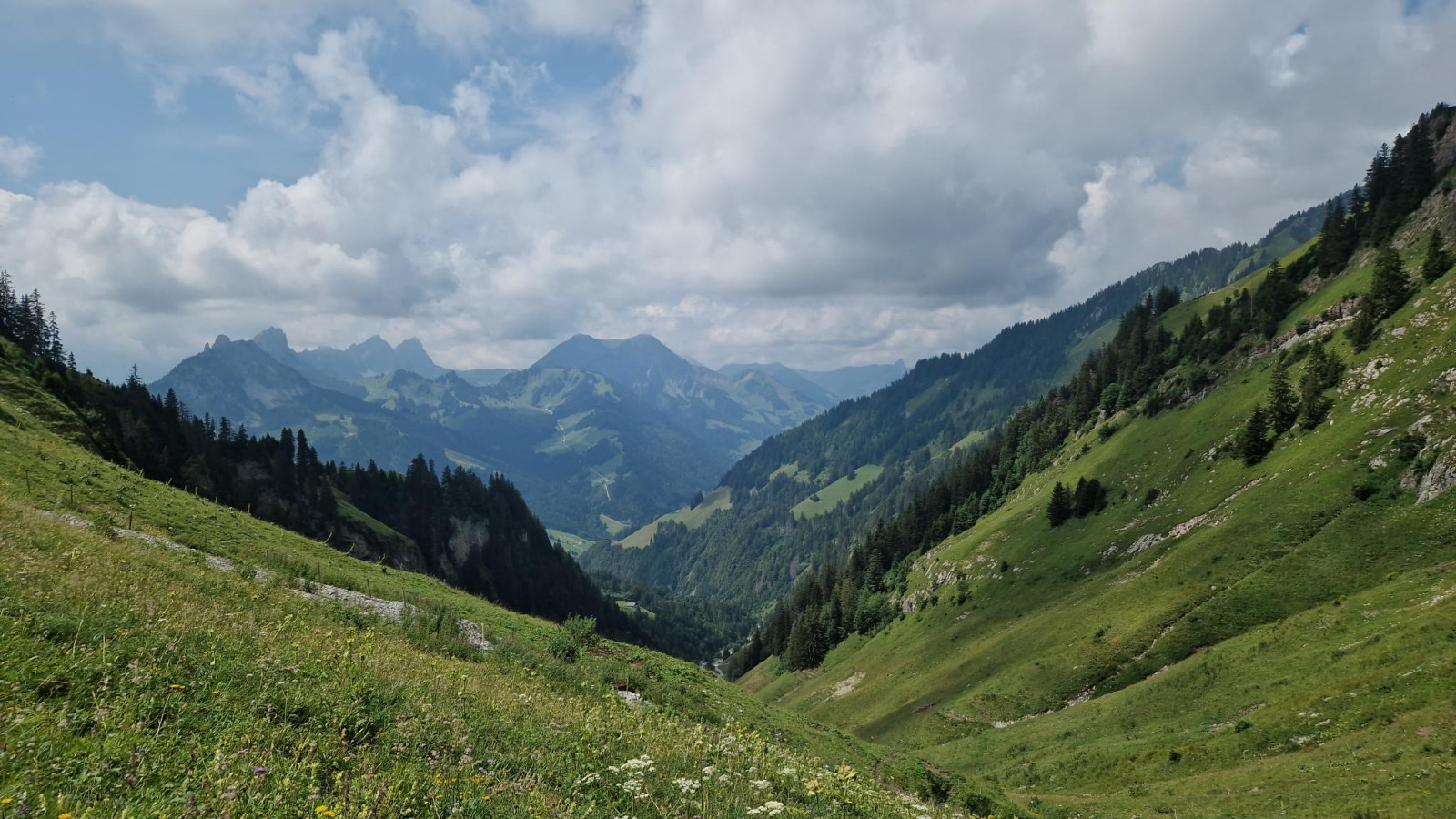Description
Белоголовый сип have been regularly observed in the Swiss Alps for a few years now. These are animals from the breeding areas in Spain and France that are not yet ready to mate and move to Switzerland during the breeding season. They can be reliably observed on the Schafberg in summer. The Чёрный гриф, which is very rare in Switzerland, is also regularly found among them.
Typical Alpine birds such as the Белозобый дрозд and Лимонный вьюрок, Тундряная куропатка, Горная чечетка, Тетерев, and Славка-мельничек can be found on the way up. The Беркут is regularly observed, and more rarely a Змееяд can be seen foraging. The Пёстрый каменный дрозд breeds in the area. Обыкновенный осоед, Луговой конёк, Горный конёк, and Горная овсянка are also native.
Details
Access
You have to earn your observations: The area can only be reached after a three- to four-hour, steep climb. There are three access points. The first leads from Jaun via the Müncheberg. It is strenuous and not very attractive due to the recent increase in agricultural use. (The route via the Euschelspass may be more attractive).
The second leads from Boltigen via Schwarzenmatt and Chlus to Walop. After an ascent to Underi Luchere, vultures can be observed on the Schafberg. The trail is particularly attractive if other species are also to be observed, such as the Лимонный вьюрок .
The third trail leads from Schwarzsee via the Riggisalp to the Kaisereggpass. For me, it is the most scenic and leads directly to the area from where the vultures can best be observed.
Terrain and Habitat
MountainConditions
Mountainous , No shadow , Rocky , DryCircular trail
NoIs a telescope useful?
Can be usefulGood birding season
SummerBest time to visit
SummerRoute
Unpaved road , Narrow trailDifficulty walking trail
StrenuousAccessible by
FootBirdwatching hide / platform
NoExtra info
After several visits to the area, I can recommend the route to the Kaiseregg Pass the most. From the ridge you have a good view of the mountain basin. The vultures usually rest on the Rotechaste or Schafsberg to the south. If you wait a while, you have an excellent chance of seeing the spectacular animals gliding past a few metres above or next to you. It is also possible to descend into the Walop and descend on the other side towards Boltigen. As the ascent is in summer and there is hardly any shade at the top, it is advisable to take plenty of water, long clothes and sun cream with you. The white and blue marked paths along the ridge are only suitable for experienced mountaineers with good equipment.

